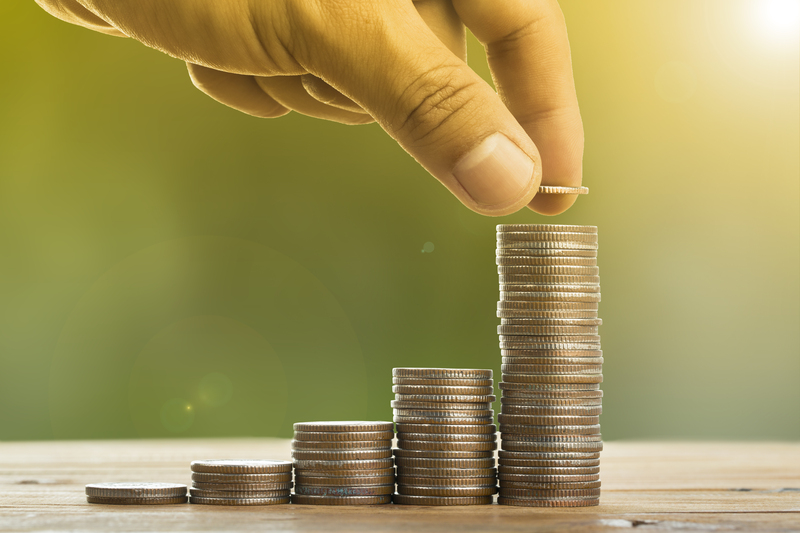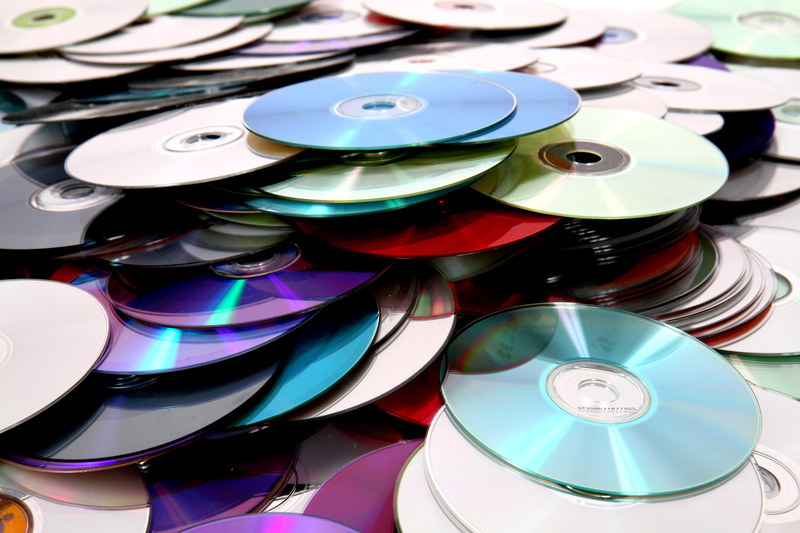Facing the Challenge: Stopping Microplastic Pollution
In recent years, microplastic pollution has emerged as one of the most significant environmental challenges of our time. With the increasing production and disposal of plastic materials, microplastics have infiltrated ecosystems, affecting wildlife and potentially human health. Tackling this issue requires comprehensive strategies and collective action across the globe. In this article, we will explore what microplastic pollution is, examine its impact on the environment, and discuss effective strategies to combat it.
Understanding Microplastic Pollution
Microplastics are _small plastic particles_ less than 5mm in diameter. They originate from a variety of sources, including the breakdown of larger plastic items, microbeads in personal care products, and synthetic fibers from textiles. These tiny particles can be found in oceans, rivers, and soils, making their way through the food chain.
Sources of Microplastics
- **Primary Microplastics:** These are intentionally manufactured small plastics, like those used in industrial scrubbers or cosmetic products.
- Secondary Microplastics: These result from the degradation of larger plastic debris in the environment.

The Impact of Microplastic Pollution
The pervasive nature of microplastics has raised significant _concerns_ regarding their environmental and health impacts. These tiny pollutants **harm wildlife**, disrupt ecosystems, and may pose risks to human health.
Effects on Wildlife and Ecosystems
- *Ingestion by Marine Life:* Microplastics can be ingested by marine organisms, leading to physical harm and exposure to toxic chemicals.
- Ecosystem Disruption: These particles can alter habitats and interfere with the natural processes in ecosystems.
Human Health Concerns
Research suggests that microplastics may enter the human body through food, water, and air, potentially leading to _health issues_. While more studies are needed to fully understand the risks, the presence of microplastics in essential resources is alarming.

Strategies to Combat Microplastic Pollution
Policy and Regulation
Governments worldwide play a crucial role in **reducing microplastic pollution** through legislation and regulation.
- Bans on Microbeads: Many countries have already implemented bans on microbeads in cosmetics and personal care products.
- Regulations on Plastic Production: Enforcing limits on plastic production and promoting the use of biodegradable alternatives can significantly reduce pollution.
Corporate Responsibility
Companies can lead the charge in reducing microplastic pollution by adopting sustainable practices and innovating eco-friendly products.
- *Eco-design*: Designing products with environmental consciousness to minimize waste and facilitate recycling.
- Supply Chain Management: Ensuring environmentally responsible sourcing of materials and production processes.
Public Awareness and Education
Increasing _awareness_ among consumers is vital for driving change. Educational campaigns can inform the public about the effects of microplastic pollution and how individual actions matter.
- Community Involvement: Encouraging community clean-up efforts to remove plastic waste from natural environments.
- *Reduce, Reuse, Recycle*: Promoting these principles as key strategies to minimize plastic usage.
Innovative Technologies
Technological advancements offer innovative solutions to tackle microplastic pollution. From developing filtration systems to creating biodegradable plastics, technology is a powerful ally in this fight.
Conclusion: A Call to Action
Facing the challenge of microplastic pollution requires a multi-faceted approach involving governments, corporations, and individuals. By understanding the sources of microplastics, recognizing their impacts, and implementing strategies to reduce their presence, we can make significant strides towards a cleaner environment. Let us commit to taking action today for a healthier and more sustainable future. Together, we can overcome the challenge of microplastic pollution.